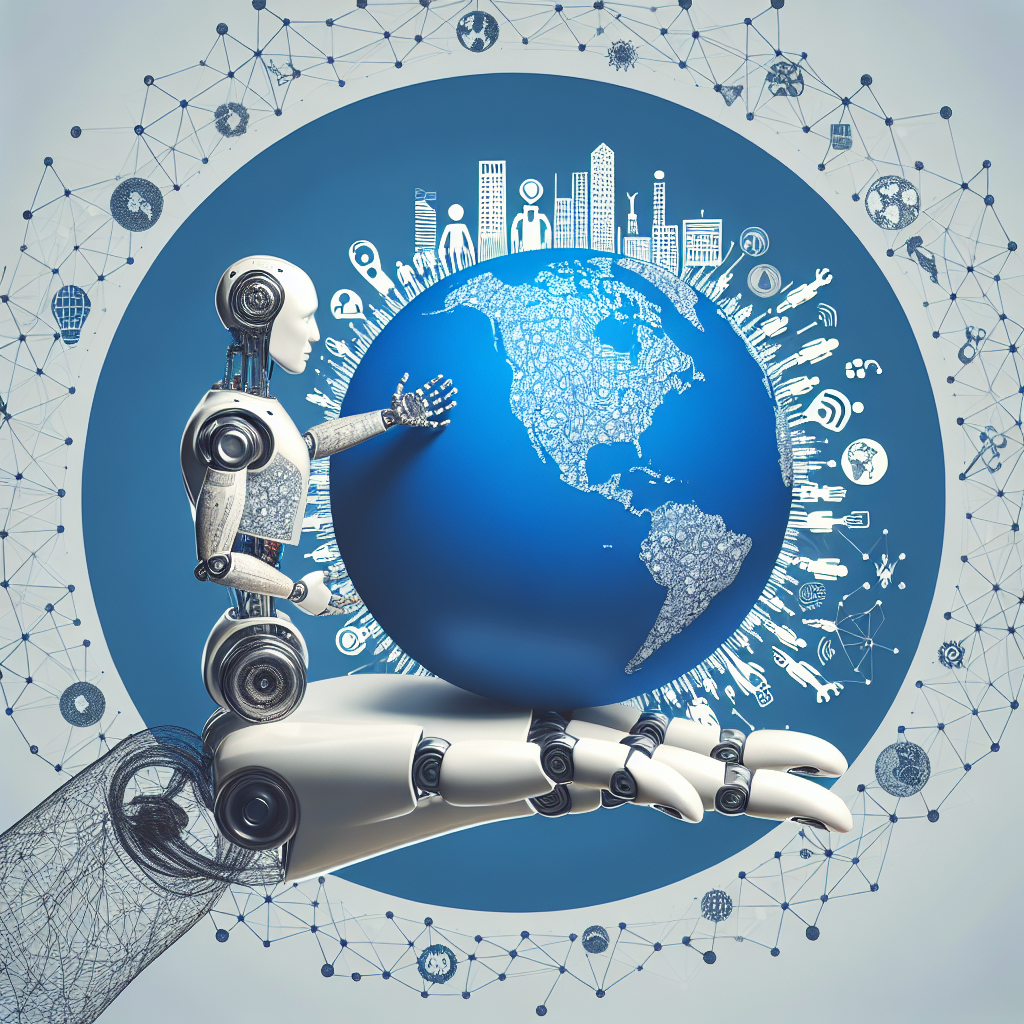In recent years, artificial intelligence (AI) has proven to be a powerful tool for driving innovation and improving efficiency across various industries. One area where AI is making a significant impact is philanthropy. By leveraging the capabilities of AI, organizations and individuals are able to make more informed decisions, target resources more effectively, and ultimately drive social impact at scale.
AI and Philanthropy: A Match Made in Heaven
Philanthropy has long been a key driver of social change, with individuals and organizations donating time, money, and resources to address pressing social issues. However, the traditional model of philanthropy has often been criticized for being inefficient, opaque, and lacking in impact measurement.
This is where AI comes in. By harnessing the power of AI, philanthropic organizations are able to collect and analyze vast amounts of data to identify trends, patterns, and opportunities for intervention. This data-driven approach enables organizations to make more informed decisions about where to allocate resources, how to measure impact, and how to optimize their interventions for maximum effectiveness.
For example, AI can be used to predict which communities are most at risk of food insecurity, enabling organizations to target their food distribution efforts more effectively. AI can also be used to analyze the impact of different interventions in real-time, allowing organizations to adapt and refine their strategies as needed.
In addition to improving efficiency and impact measurement, AI can also help philanthropic organizations to scale their impact. By automating routine tasks, such as data collection and analysis, organizations are able to free up resources to focus on more strategic activities. This enables organizations to reach more people, deliver more services, and ultimately drive more social change.
Challenges and Opportunities
While the potential benefits of AI for philanthropy are clear, there are also challenges that need to be addressed. One of the key challenges is ensuring that AI is used ethically and responsibly. AI algorithms can be biased, leading to unfair outcomes and perpetuating existing inequalities. It is therefore crucial that organizations implementing AI in philanthropy take steps to mitigate bias and ensure that their algorithms are fair and transparent.
Another challenge is the need for greater collaboration and coordination within the philanthropic sector. AI has the potential to transform the way that organizations operate, but this transformation requires a shift in mindset and culture. Organizations need to be willing to share data, collaborate on projects, and work together to drive collective impact.
Despite these challenges, the opportunities presented by AI for philanthropy are vast. By leveraging the capabilities of AI, organizations are able to drive social change at a scale and pace that was previously unimaginable. From predicting disease outbreaks to optimizing disaster response efforts, AI has the potential to revolutionize the way that philanthropy is conducted.
FAQs
Q: How can AI be used to improve impact measurement in philanthropy?
A: AI can be used to analyze large amounts of data to identify trends, patterns, and opportunities for intervention. By collecting and analyzing data in real-time, organizations are able to measure the impact of their interventions more accurately and make more informed decisions about where to allocate resources.
Q: What are some examples of AI applications in philanthropy?
A: Some examples of AI applications in philanthropy include using AI to predict disease outbreaks, optimize disaster response efforts, and target resources more effectively to address social issues such as food insecurity and homelessness.
Q: How can organizations ensure that AI is used ethically in philanthropy?
A: Organizations can ensure that AI is used ethically by implementing measures to mitigate bias, ensure transparency, and promote fairness in their algorithms. This may include conducting regular audits of AI systems, engaging with diverse stakeholders, and incorporating ethical considerations into decision-making processes.
Q: What are some of the key benefits of using AI in philanthropy?
A: Some of the key benefits of using AI in philanthropy include improving efficiency, driving innovation, enhancing impact measurement, and enabling organizations to scale their impact. By harnessing the power of AI, organizations are able to make more informed decisions, target resources more effectively, and ultimately drive social change at a scale and pace that was previously unimaginable.
In conclusion, AI has the potential to revolutionize the way that philanthropy is conducted. By leveraging the capabilities of AI, organizations and individuals are able to make more informed decisions, target resources more effectively, and ultimately drive social impact at scale. While there are challenges that need to be addressed, the opportunities presented by AI for philanthropy are vast. By working together and embracing the potential of AI, we have the opportunity to drive social change and create a more equitable and sustainable world for all.

